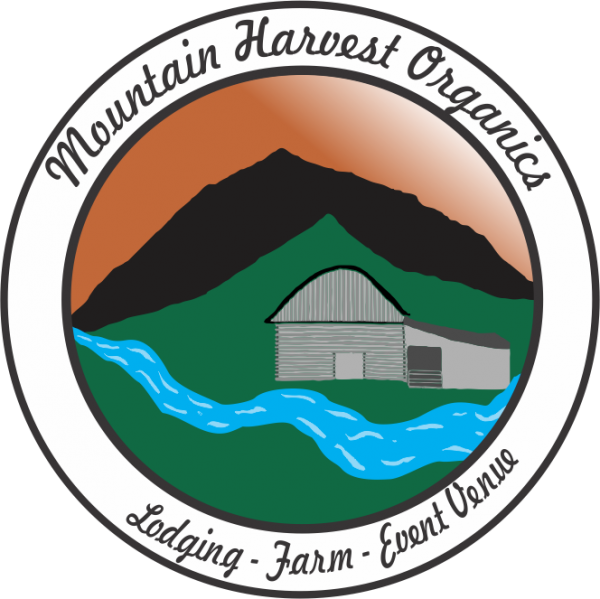WE FEEL BLESSED! We are still delivering CSA Shares packed full of veggies and are harvesting plenty of greens right now. We have great help on the farm and even though we have had a hot summer, it hasn’t been too awfully hot for the crops, and the creek continues to flow enough for irrigating our fields. Those farmers’ in Texas and other drought stricken areas have no water to irrigate with and in extremely warm places it has been much to warm for fruit to set on crops. WE ARE LUCKY…. We have been harvesting a wide selection of produce and all of it pretty tasty. In addition, we just had our pigs processed so have a good selection of pork for sale.
Our crop loss this season has been mounting up: (1) potato crop failure, (2) mice eating pepper, eggplant, summer squash and melon sprouts resulting in low yields (3) Tomatoes dying exceptionally early in the season after succumbing to leaf mold, (3) Onions being overtaken by nut sedge resulting in crop loss and low yields, (4) Loosing half our sweet corn crop to raccoons. (5) Loosing a good portion of our garlic and peppers to Fusarium. (6) Cucumbers have not produced in the greenhouse nor field. In the past, we grew a great crop of cucumbers in the greenhouse, but have not had success the last couple of years which is probably due to the heat. Probably the most accumulated crop loss we have experienced in years, but nothing compared to what others around the USA and world are experiencing, so for that we are thankful. Winter might be a little financially tight, but it has been for the past couple years, mostly since when we had winter employment. We are mentally prepared, and feel fortunate to have a roof over our head, all the food that we need, plus wood heat to keep us warm.
Read what these farmers’ in Vermont have experienced this past season and they still want to farm! We feel so LUCKY for not having to endure what they have this season. Perhaps they should also consider a Farm Vacation Rental Cabin (a.k.a. Crop Insurance) in with their production mix.
What have we been doing these past few weeks since our last journal entry? In between weeding and hoeing the fall crops, transplanting more fall crops, direct seeding even more fall crops, and harvesting and packing produce for both the CSA and markets. We are extremely happy to report that we have also been preparing our fields for seeding our cover crops. Finally – after removing irrigation pipes, black plastic landscape fabric, drip tame, flail mowing, then disking the fields – we were able to seed our first bit of cover crops. Cover cropping is a very important aspect of any farming operation. Thanks to the farm crew for the photographs.












Production Note To Self: (1) Add field cucumbers back into our planting with each succession of squash because our greenhouse crop has not been successful. (2) Add a late fall succession of cucumbers for greenhouse production.







